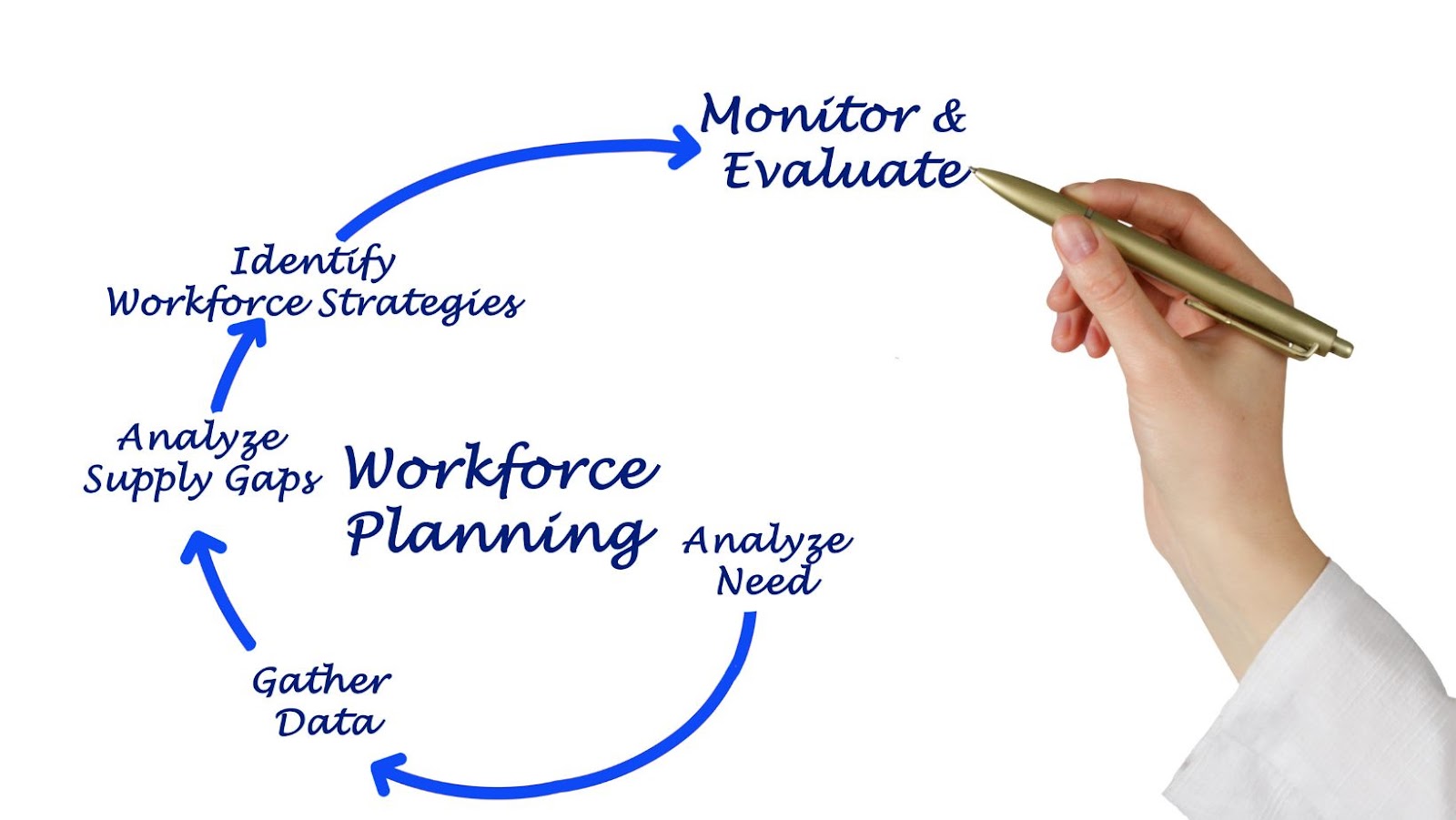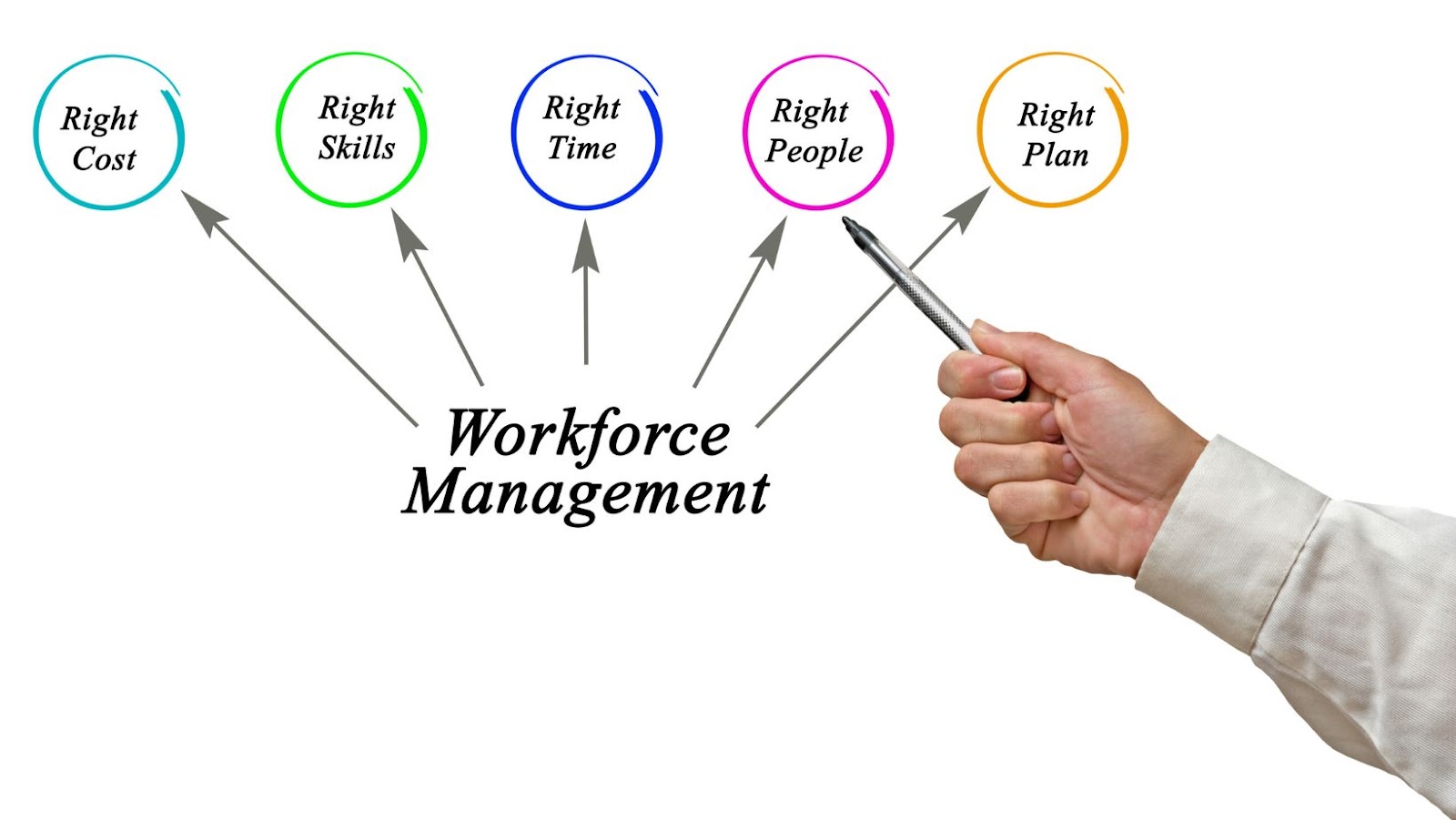Many businesses use the terms workforce management and human capital management interchangeably when it comes to managing employees. However, there are key differences between the two approaches.
Workforce management primarily focuses on schedule creation, time and attendance tracking, and other day-to-day tasks related to employee management. It’s a process-driven approach that emphasizes efficiency and productivity. On the other hand, human capital management takes a more holistic view of employee management, treating people as valuable assets to the organization and considering factors such as performance, skills development, and employee engagement.
It’s important to note that workforce and human capital management are necessary for a successful business. Finding the right balance between the two approaches can help businesses improve employee satisfaction, retention, and productivity while achieving their overall goals.
Workforce Management vs Human Capital Management
Workforce management and human capital management are crucial aspects of managing a company’s workforce, but they are not the same. While both terms relate to employee management, their approach, focus, and purpose differ.
Definition: Workforce management refers to scheduling, tracking, and supervising the employees to optimize their productivity. On the other hand, human capital management is a broader concept that encompasses not only employee management but also the overall strategic management of talent within an organization.
Focus: Workforce management primarily focuses on improving operational efficiency, reducing labor costs, and maximizing the utilization of resources. Human capital management, however, focuses on developing and engaging employees to drive innovation, improve customer satisfaction, and achieve strategic goals.
Scope: Workforce management is a tactical function that deals with day-to-day tasks such as scheduling, time and attendance tracking, and workforce optimization. Human capital management is a more strategic and holistic approach involving talent acquisition, performance management, learning and development, and succession planning.
Metrics: Workforce management relies on operational metrics such as attendance, productivity, and labor costs to measure the workforce’s efficiency. Human capital management uses more strategic metrics such as employee engagement, talent retention, and organizational culture to assess the organization’s long-term sustainability.
Technology: Workforce management technology focuses on automating and optimizing routine operational tasks such as scheduling, time tracking, and forecasting labor demand. Human capital management technology, however, provides a comprehensive suite of tools for managing all aspects of the employee life cycle, including talent acquisition, learning and development, performance management, and compensation.
While there are some overlaps between workforce and human capital management, it’s important to understand the key differences to choose the right approach for your organization’s needs. Both approaches may be required to manage a diverse and agile workforce effectively.

Why It’s Important To Understand The Differences Between Workforce Management And Human Capital Management
As a business owner or manager, understanding the differences between workforce and human capital management is crucial to effectively manage your employees and improve your company’s overall performance.
Workforce management focuses on the scheduling, tracking, and productivity of employees, aiming to optimize efficiency and reduce costs. On the other hand, human capital management involves employees’ strategic management and development to maximize their potential and drive business growth.
Here are some reasons why it’s important to understand the differences between workforce management and human capital management:
1. IMPROVED WORKFORCE STRATEGY: By understanding the differences between workforce management and human capital management, you can develop a more effective and comprehensive workforce strategy that aligns with your business goals. This strategy will consider several factors: employee development, productivity, job satisfaction, and retention.
2. BETTER EMPLOYEE ENGAGEMENT: Human capital management focuses on developing and engaging your employees, while workforce management focuses on scheduling and productivity. You can improve employee engagement and performance by implementing effective human capital management practices, increasing job satisfaction and productivity.
3. ENHANCED EMPLOYEE RETENTION: Implementing effective human capital management practices can also increase employee retention rates by providing career development, training, and job advancement opportunities. This can reduce the cost of turnover and enhance overall productivity.
4. INCREASED BUSINESS GROWTH: Human capital management is all about maximizing your employees’ potential, which can lead to increased innovation and business growth. Investing in your employees can create a more skilled and motivated workforce that will drive business success.
Understanding workforce and human capital management differences is essential in today’s competitive business world. Developing a comprehensive workforce strategy incorporating human capital management practices can improve employee engagement, retention, and productivity, ultimately driving business growth and success.
Top Features Of Workforce Management And Human Capital Management Solutions
Regarding managing employees, two commonly used terms are workforce management (WFM) and human capital management (HCM). Although they are used interchangeably, there are discernible differences between the two. For example, workforce management is focused on managing employees’ day-to-day work activities. In contrast, human capital management deals with the overall strategy for managing employees and their needs. In this section, I’ll review some of the top features of WFM and HCM solutions that make them unique.
Workforce Management Features
1. Shift and schedule management: WFM solutions can create and manage employee schedules, automate shift-swaps, and view attendance reports in real-time. This helps ensure that employees work during their scheduled shifts and that the right people are on the job at the right time.
2. Performance management: WFM solutions can help track employee productivity and provide insights into how to improve performance. This is done using metrics such as call handling time, customer satisfaction levels, and average handling time.
Human Capital Management Features
1. Recruitment and Onboarding: HCM solutions help with hiring by streamlining recruitment and onboarding processes. This includes storing resumes, setting up interviews, collecting employee information, and monitoring progress throughout the hiring process.
2. Training and Development: HCM solutions provide a comprehensive way for employees to develop their skills and competencies by offering online training courses, performance tracking, and career development planning.

3. Compensation and Benefits: HCM solutions manage employee compensation and benefits by simplifying payroll processes, monitoring employee benefits, tracking employees’ time off and updating tax information.
Depending on their varying needs, WFM and HCM solutions can be valuable for organizations. For example, WFM solutions are perfect for organizations looking to optimize employee performance, whereas HCM solutions are designed to improve the overall employee experience. Ultimately, the above features make it easier for companies to align their human resource strategies with their business goals.
Conclusion
To sum up, comparing workforce management vs human capital management helps identify the strategies businesses adopt to manage their workforce. Of course, both terms are often used interchangeably, but they differ significantly.
Workforce management focuses more on operational activities such as scheduling, time and attendance tracking, and payroll management. In contrast, human capital management takes a more strategic approach towards managing employees and is focused on attracting, developing, and retaining talented employees.
Here are some key takeaways from our analysis:
* Workforce management focuses on managing a workforce’s operational or transactional aspects, while human capital management is more strategic.
* Workforce management is more tactical and focuses on scheduling, time and attendance, and payroll management.
* Human capital management deals more with talent management, employee development, and retention.
* Success in either area requires combining technology, processes, and people management skills.
While there is no one-size-fits-all solution, understanding the differences between workforce management vs human capital management can help businesses determine the right management approach for their unique needs and goals.



